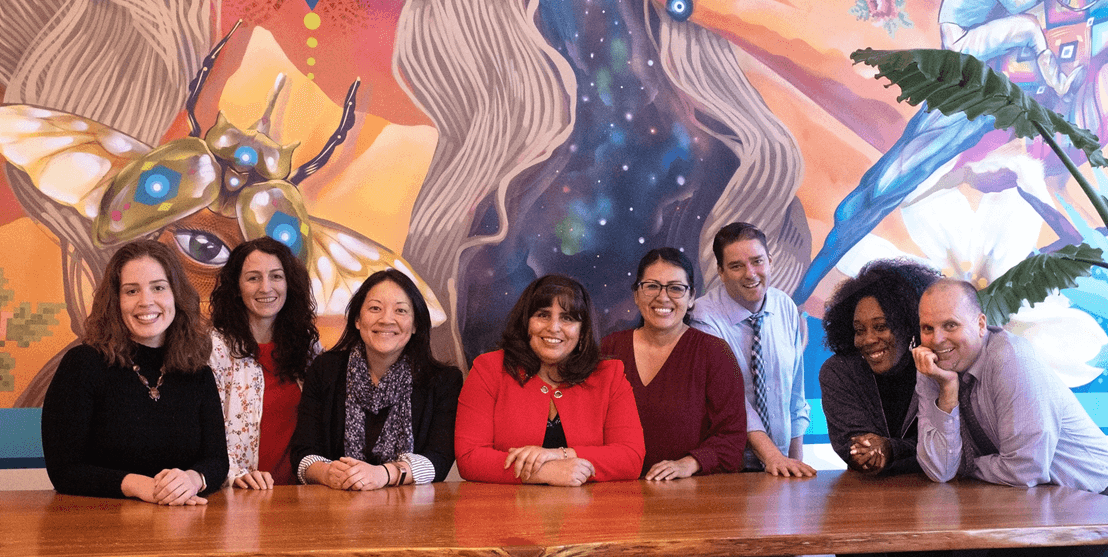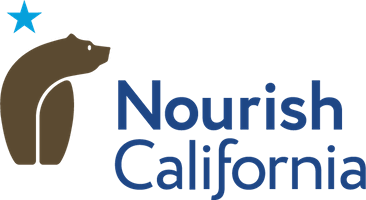We led by shutting down. Here is how we are leading in the recovery.
Published on Mar 16, 2021
One year ago we answered the call. Dr. Bob Ross of the California Endowment urged us to lead by “shutting it down.” This was in advance of any state or local orders. We hoped to do our part in “flattening the curve.” So we closed our offices. And we got very, very busy.

The first few months of the pandemic were a blur. Having led by shutting down, we then helped lead the policy response to connect Californians with the food they needed during the crisis. The challenges came fast and furiously: Would meal service continue with the closure of schools? How could CalFresh respond to the needs of so many in a time of social distancing and isolation? How could families use their nutrition benefits when in-person shopping posed risks? The challenges kept coming.
We won’t rehash all of the work undertaken in those early days of the pandemic. But we thank our partners for their timely, critical efforts. And we acknowledge that policy makers generally acted with the swiftness and flexibility warranted by skyrocketing rates of food hardship. As we pushed for urgent policy change, we also shared resources and updates focused on school-age children, immigrants, unhoused Californians, older adults, and young children, among others.
Efforts to mitigate food insufficiency were hard fought -- and public nutrition programs have been lifelines for many Californians during the pandemic -- but hunger and hardship persist.
Now one year after leading by shutting down, we are ready to lead toward recovery. It has been a year of incomprehensible loss -- losses that we have experienced firsthand in our families and in our communities. We know that we aren’t out of the woods yet. But we are ready -- and planning -- for the recovery. After considerable action, listening, and reflection, we are deploying new strategies. We must address persistent poverty and hunger in our state -- and the deepening inequities driven by the pandemic.
Strategy 1: Build on What Works
Make some pandemic policies permanent: effective solutions harnessed during the COVID-19 crisis should continue as long-term efforts to mitigate hunger and poverty across California.
There is no doubt about it: before the pandemic, unnecessary red tape kept Californians from accessing the nutrition resources they need. COVID-driven policies have simplified processes, expanded eligibility, and increased benefits in pivotal ways. These improvements should be maintained to mitigate underlying food insecurity in California.
For instance, the new federal flexibilities for CalFresh made it easier to complete paperwork and the required interview, especially by phone. The rapid enrollment of CalFresh participants in the COVID era provides additional evidence for our longstanding recommendations to streamline application processes. Let’s make phone access easy and permanent.
Likewise, we have long worked to bring a Summer EBT pilot to California. Pandemic EBT is an opportunity to implement a model of that program statewide, to learn what works and what doesn’t, and to advocate an extension and expansion of benefits.
And throughout the pandemic, children across our state have accessed meals free of charge from schools in their communities. Let’s make strategic investments to continue these essential resources during the aftermath of COVID-19 and beyond.
We should make WIC enrollment improvements permanent. Prior to the pandemic, WIC participation was in a free fall. During the crisis, requirements that WIC participants and applicants physically come into the clinic to enroll or re-enrolls were lifted. By allowing and supporting remote enrollment more mothers, babies, and young children can get these valuable nutrition benefits.
These are just a few examples of the work that lies ahead.
Strategy 2: Eliminate Inequities Deepened by the Pandemic
Advocate smart, evidence-based solutions designed to dismantle the systemic injustices that perpetuate hunger.
Across California, the COVID-19 pandemic and its economic fallout are deepening inequities in health and food access. Black and Latinx Californians were hit especially hard by the virus and were much more likely to experience food insufficiency. Nourish California recognizes racial inequity as a root cause of poverty and hunger. We urge policymakers to do the same – and take action against it.
We must end the exclusion of immigrants from state-funded nutrition programs. Now is the time for California to champion bold policies and put forth a different vision, one where all Californians — regardless of immigration status — have the food they need.
We must end racial discrimination in public nutrition programs. We’ve heard loud and clear that racism limits food access. One-fifth of households with low and moderate incomes reported experiencing racial discrimination or bias when trying to apply for support services, including CalFresh/EBT or WIC. And of that group, 80% said that those experiences made them less likely to apply for services in the future. With partners, we will develop and advocate solutions to end this now.
After a full year of action, listening, and learning things, the blur of the pandemic is coming into focus: The recovery can and should ensure that everyone in California has the food they need to thrive.



